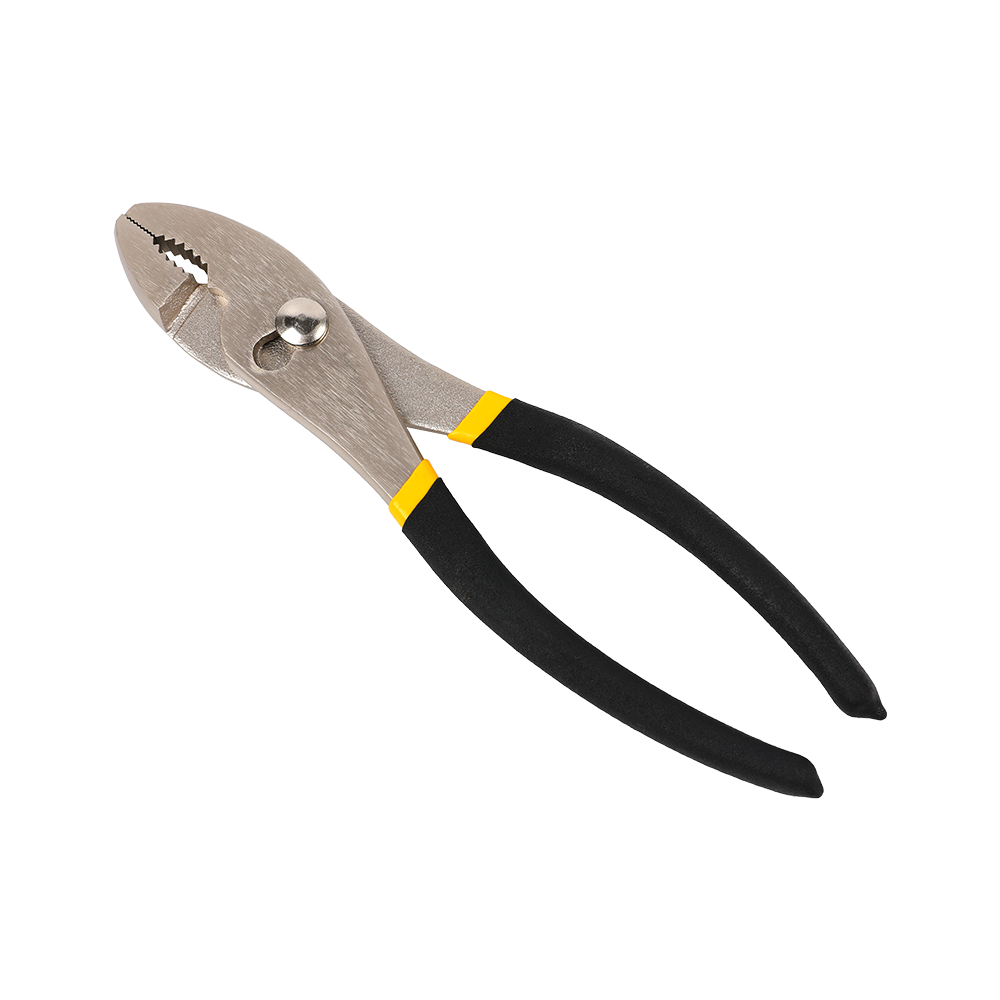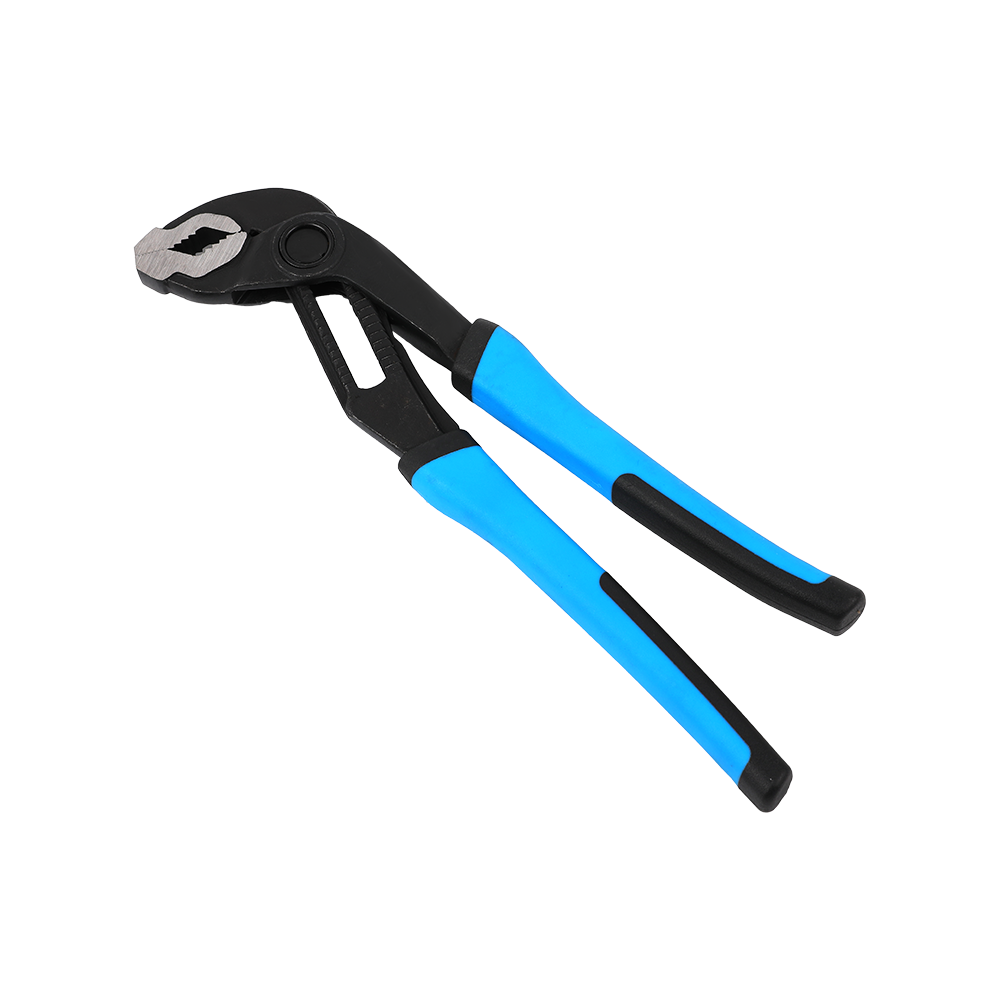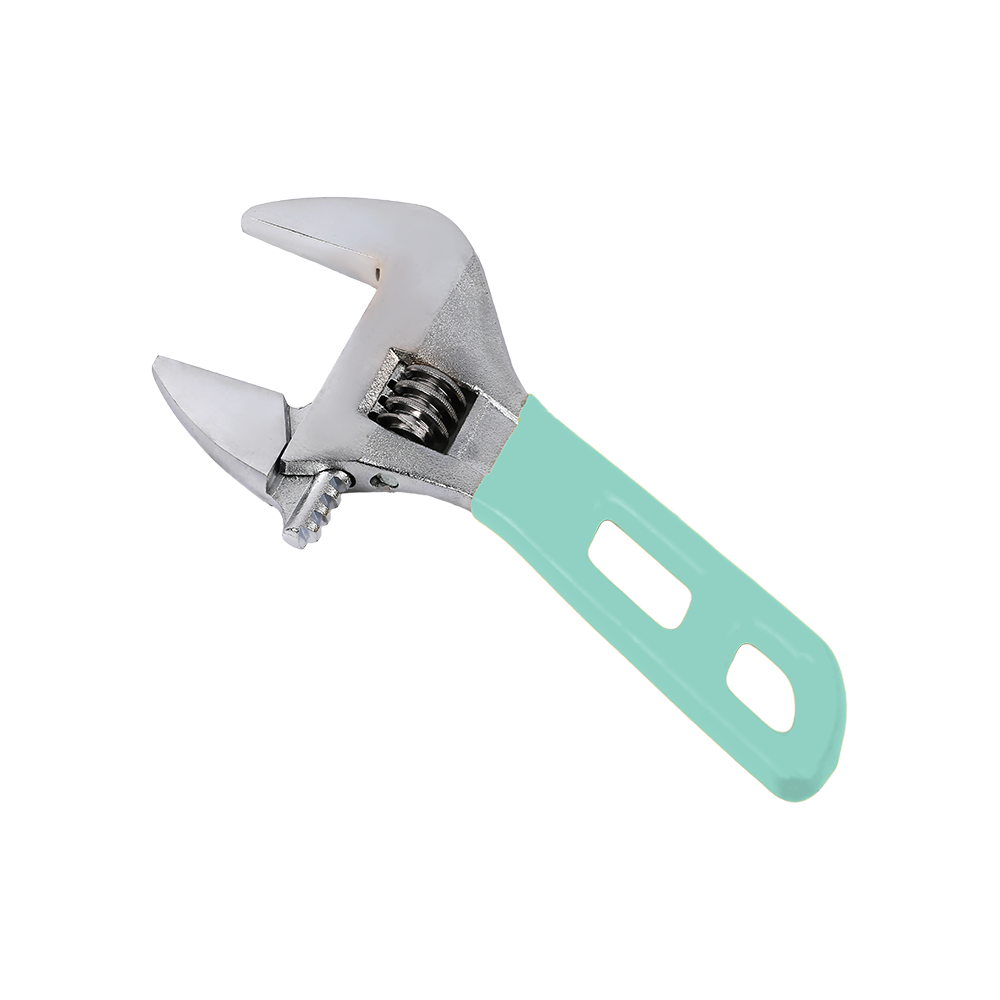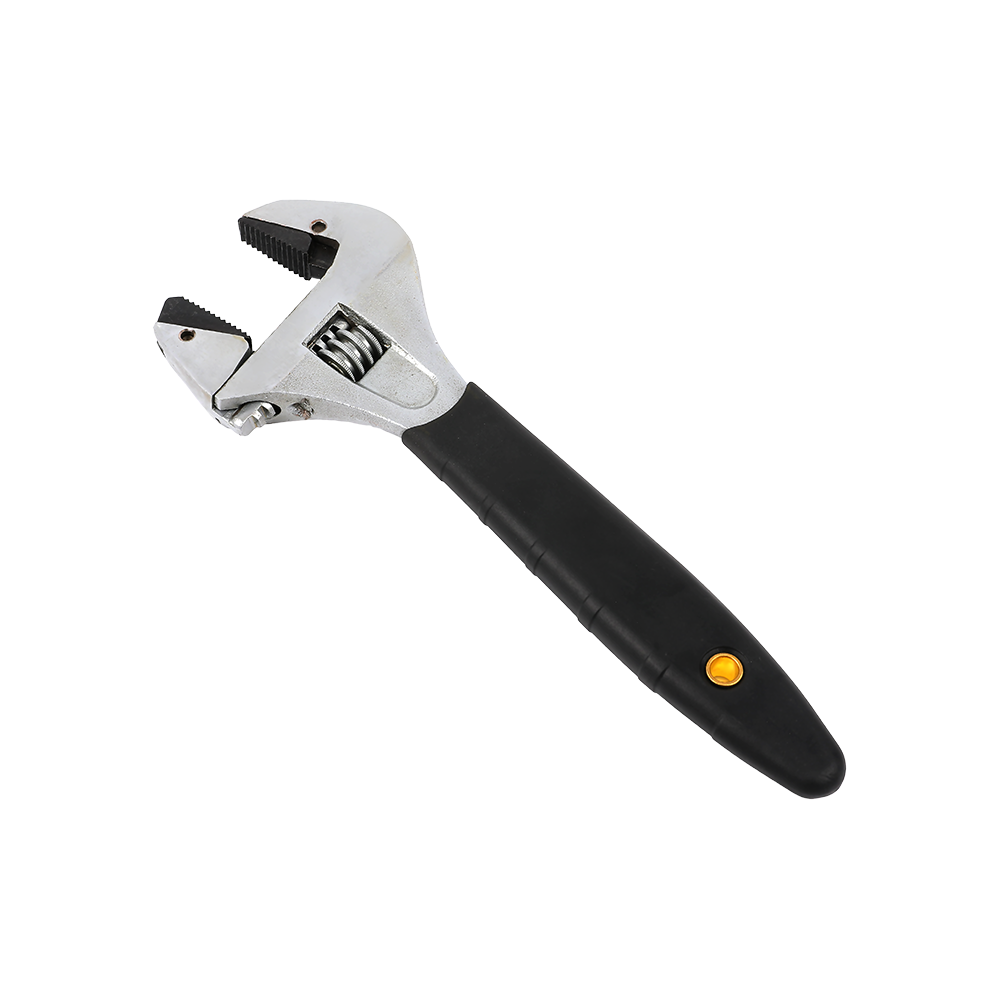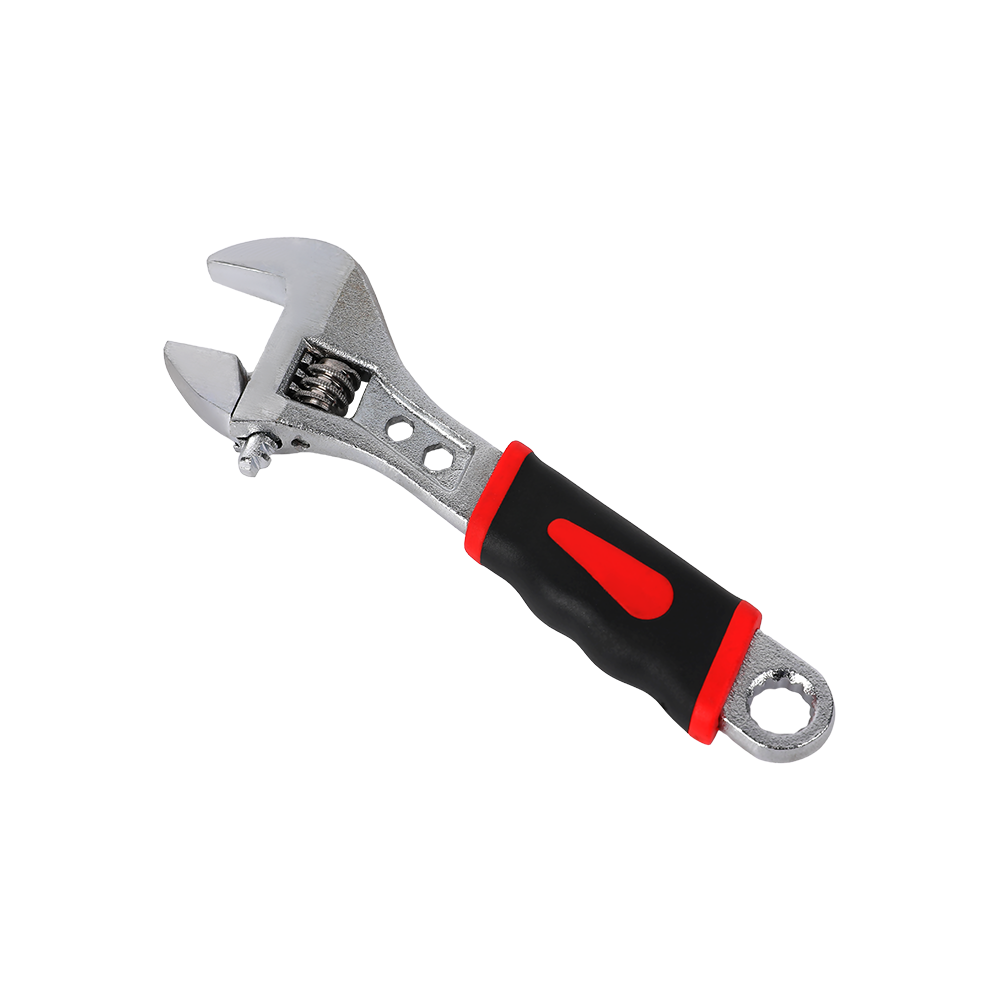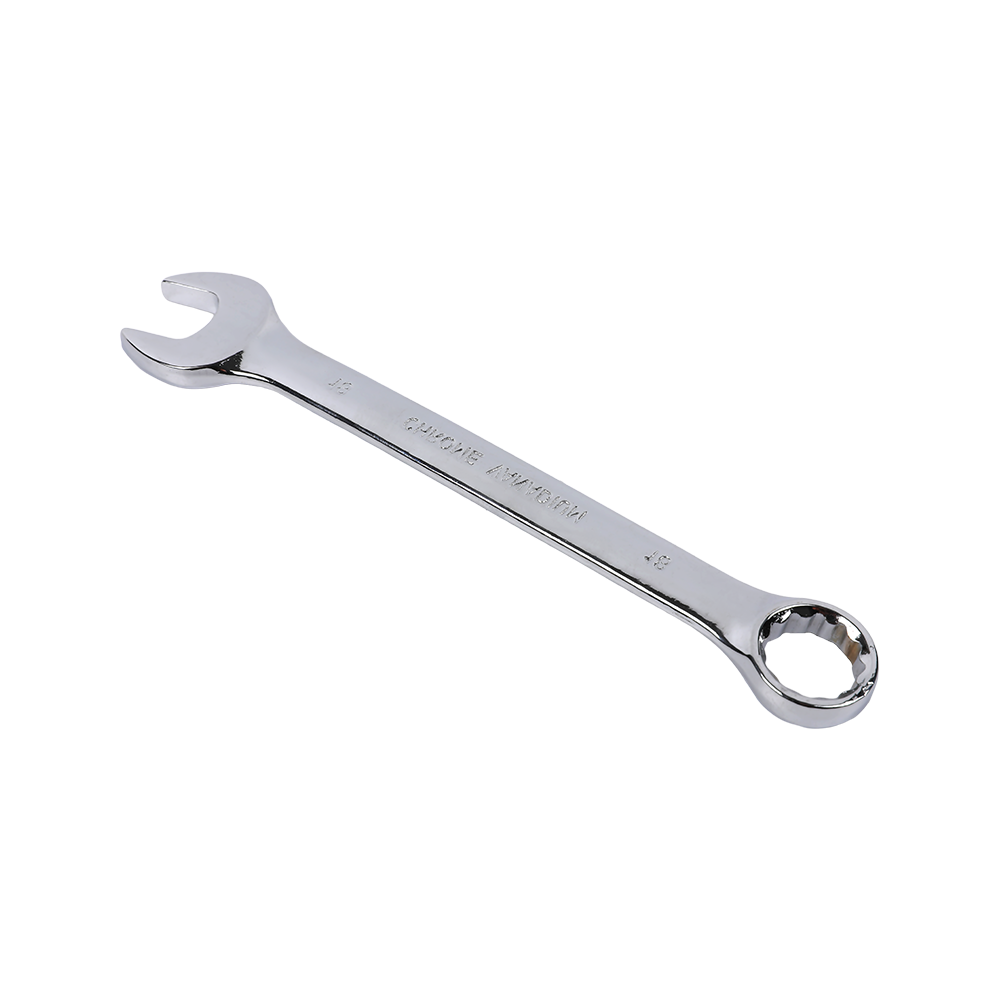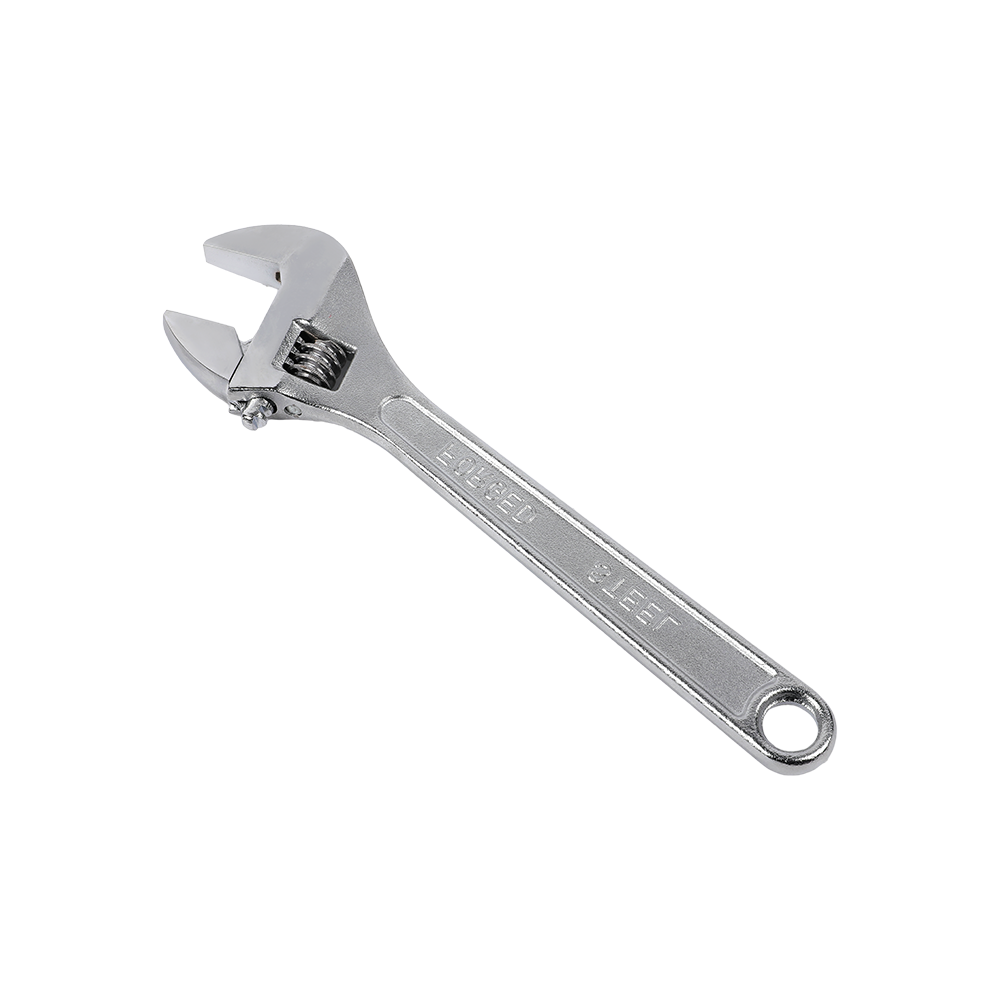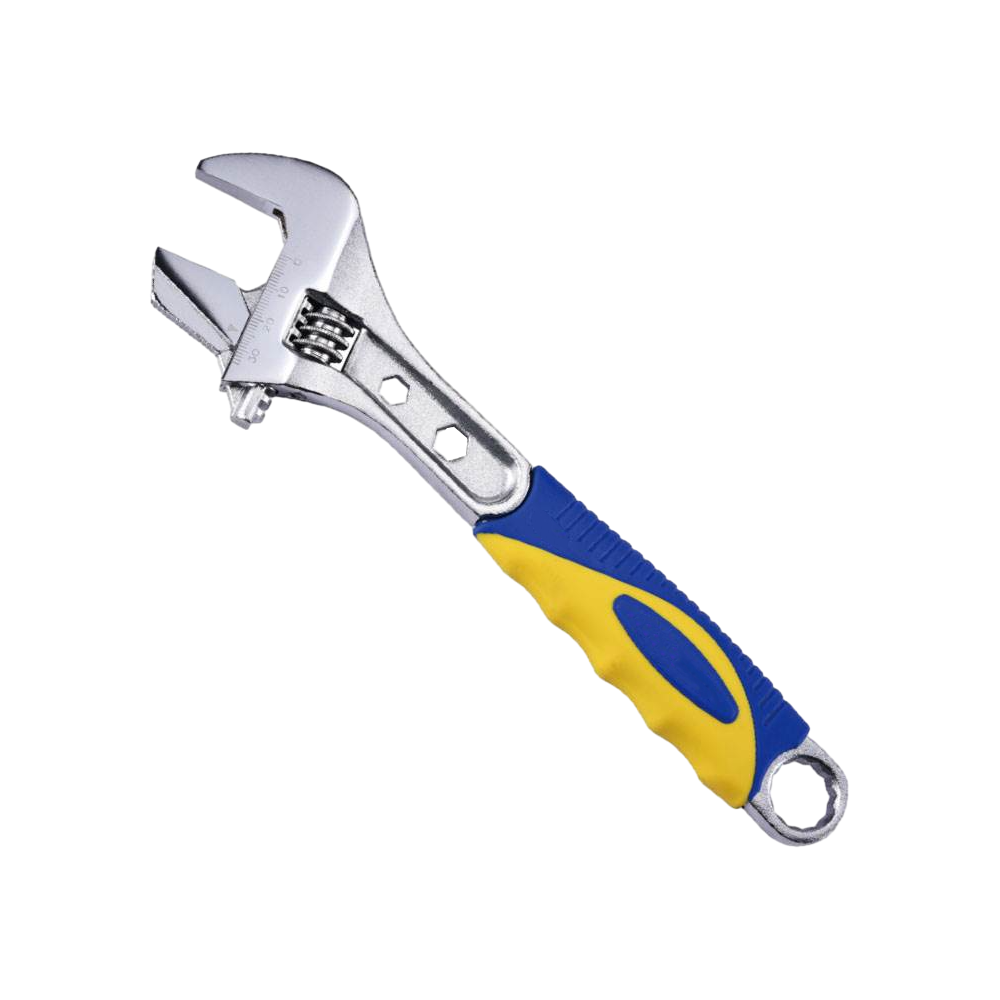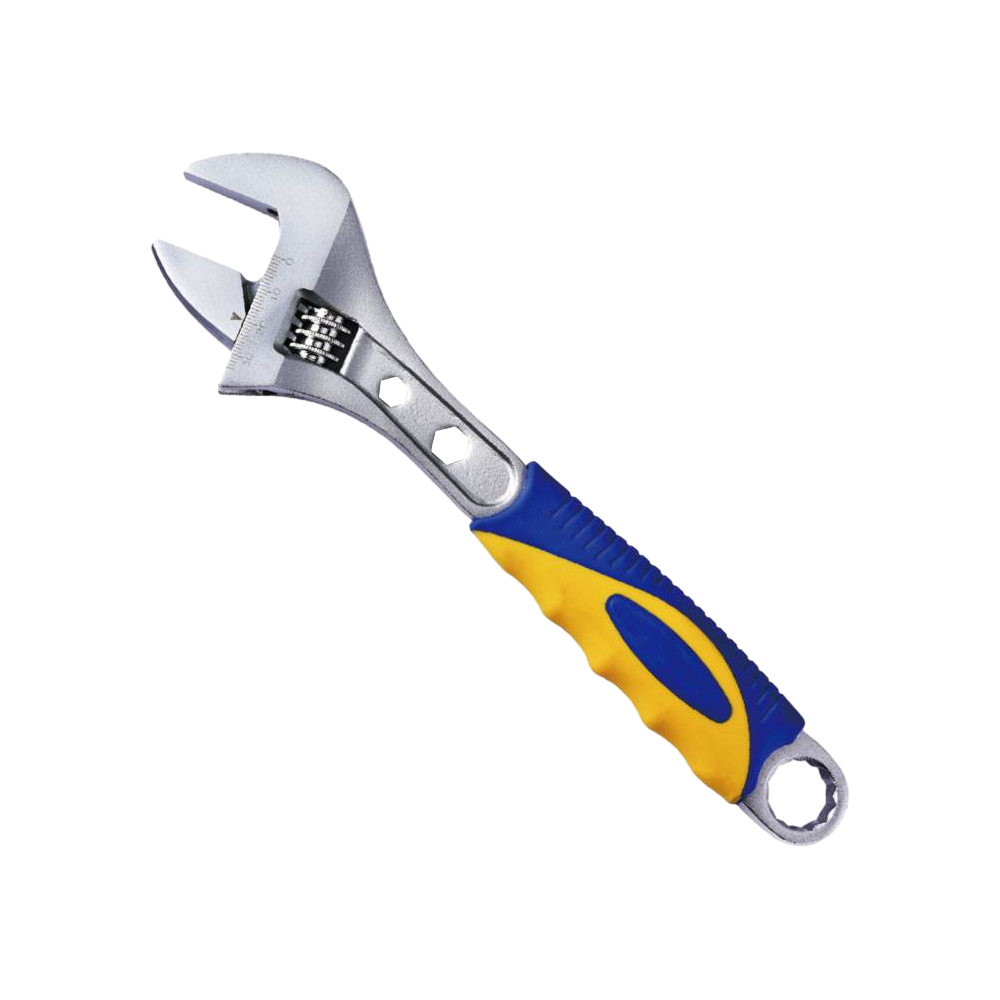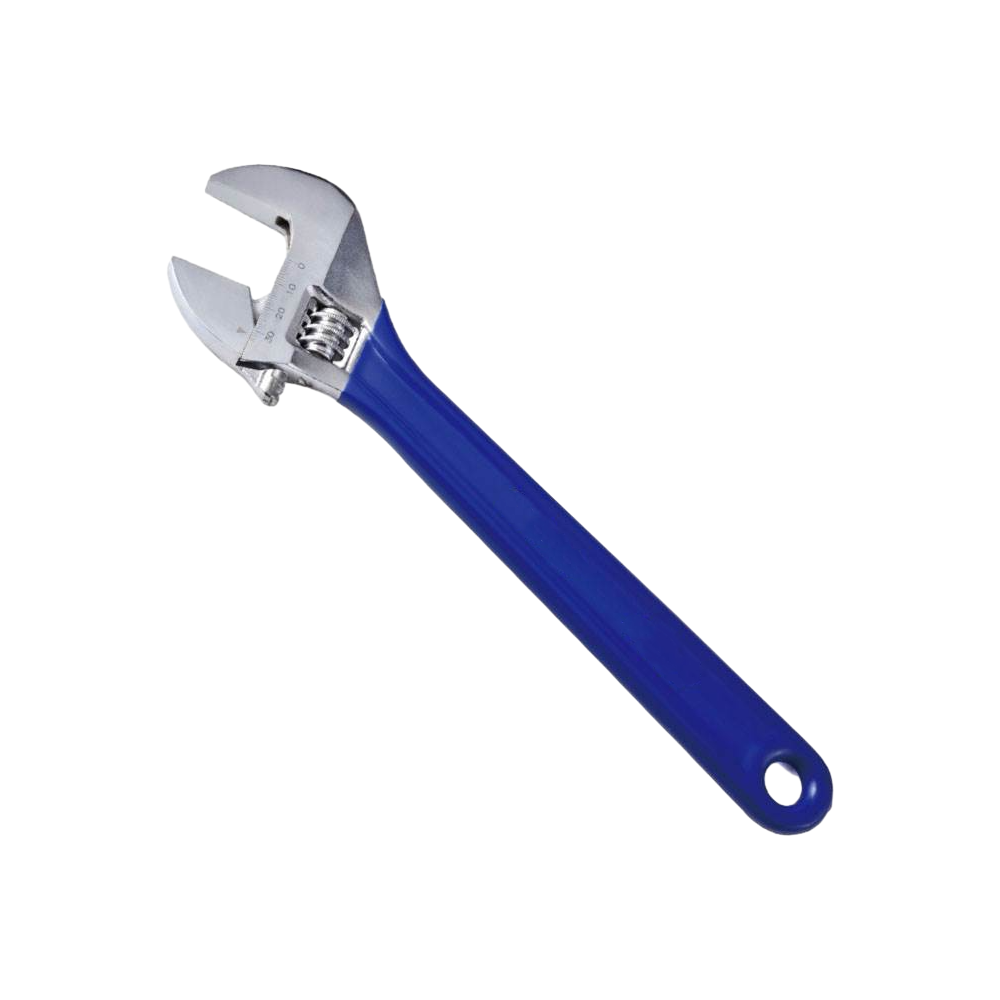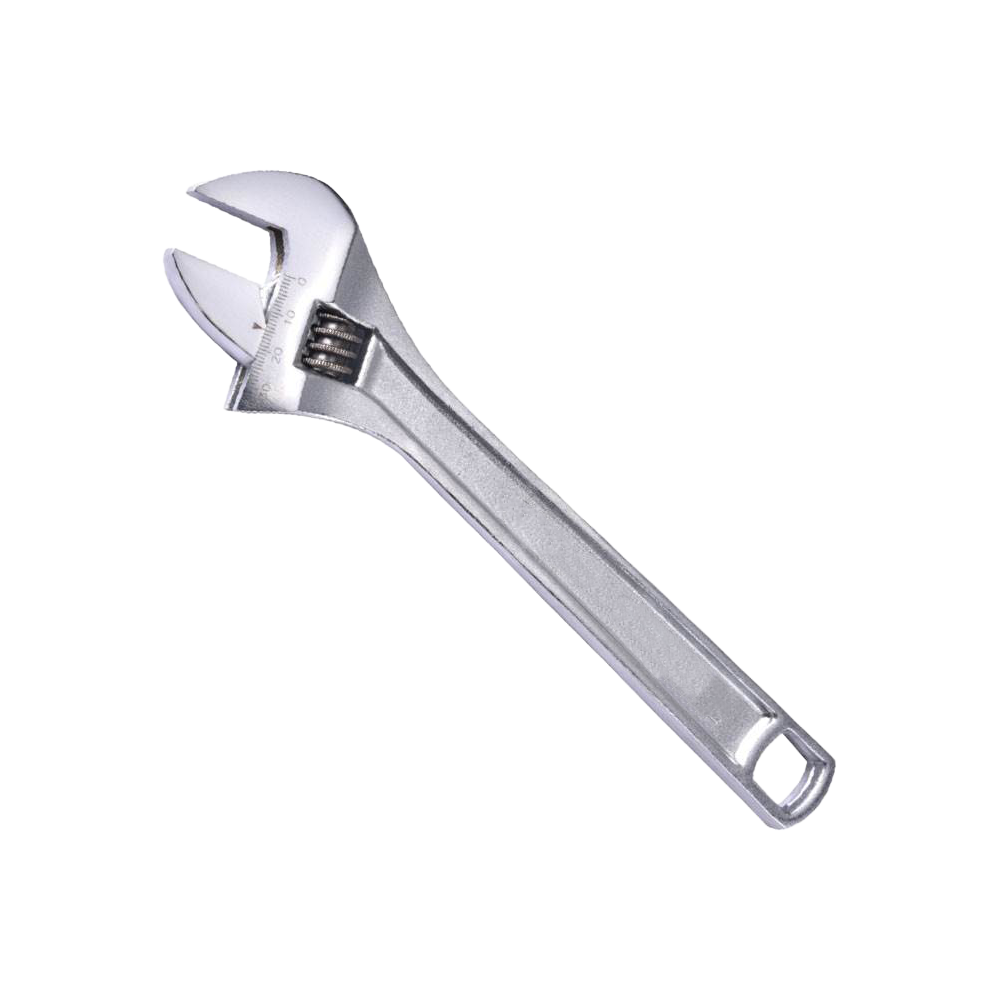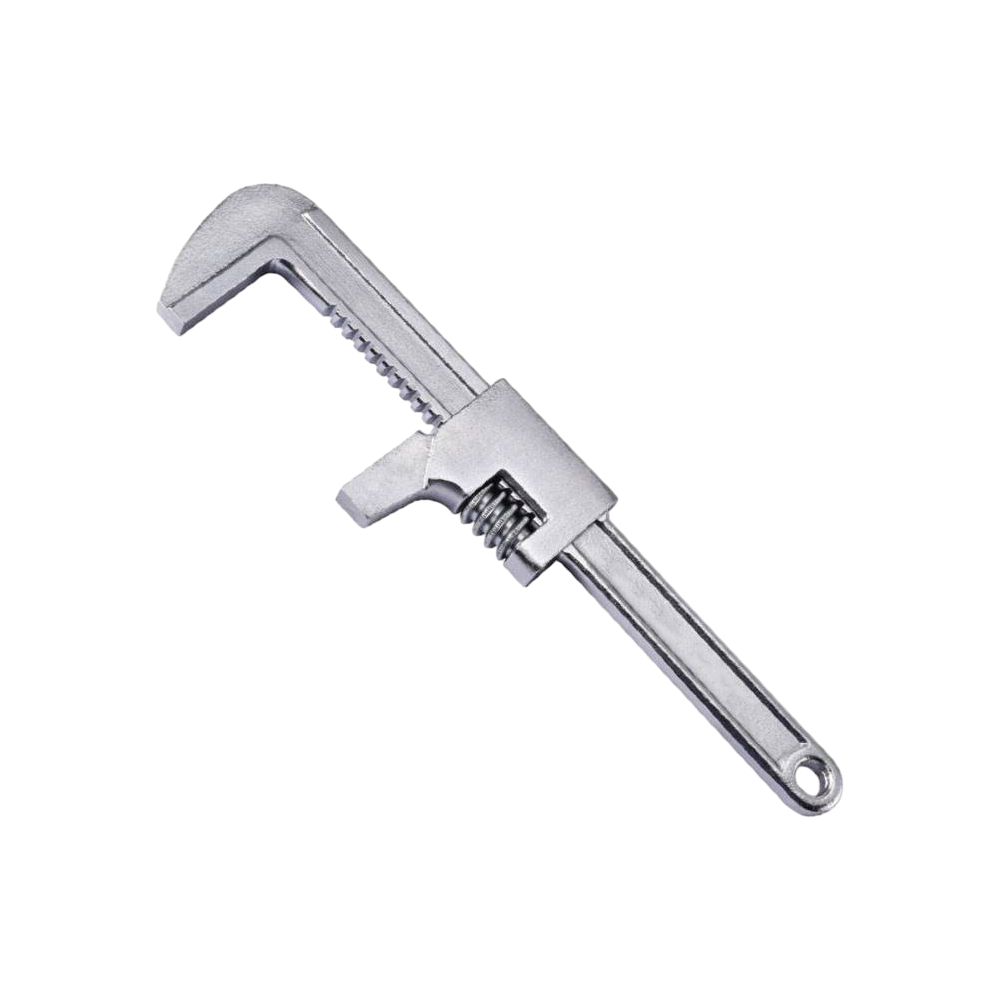What is a Wrench?
Wrenches are essential hand tools used in a wide variety of mechanical, industrial, and DIY applications. Designed to grip, turn, or tighten nuts and bolts, wrenches provide the leverage needed to assemble or disassemble components efficiently. The evolution of wrenches has been driven by the need for precision, durability, and versatility in both professional and home settings. From simple hand tools to specialized designs for industrial use, wrenches have become indispensable tools for mechanics, engineers, and hobbyists alike. Understanding the different types of wrenches and their applications is crucial for anyone working with machinery or equipment.
Introduction to Wrenches
A wrench, sometimes referred to as a spanner, is a tool designed to provide grip and mechanical advantage in turning objects, typically rotary fasteners like nuts and bolts. Wrenches are manufactured in a variety of sizes and shapes to accommodate different applications. The main parts of a wrench usually include the handle, the head, and the gripping surfaces. Some wrenches have adjustable jaws to handle multiple sizes of fasteners, while others are fixed in size for specific purposes.
The importance of wrenches extends across industries. In automotive repair, construction, manufacturing, and maintenance, wrenches are indispensable. They ensure safety, efficiency, and precision when working with machinery. For DIY enthusiasts, the correct use of a wrench can save time and prevent damage to tools or materials.
Key Features of Wrenches
One of the defining features of a wrench is its type. Different types of wrenches offer unique advantages depending on the application. The common types include open-end wrenches, box-end wrenches, combination wrenches, adjustable wrenches, socket wrenches, and torque wrenches. The choice of wrench depends on factors such as the size of the fastener, the space available for movement, and the level of torque required.
Types of Wrenches
Below is a table summarizing the main types of wrenches, their key features, and typical uses:
| Type of Wrench | Key Features | Typical Uses |
|---|---|---|
| Open-End Wrench | U-shaped opening, two flat jaws | Quick adjustments, tight spaces |
| Box-End Wrench | Closed-loop head, fits over the entire bolt | High torque applications, secure grip |
| Combination Wrench | One open-end, one box-end | Versatile, suitable for multiple tasks |
| Adjustable Wrench | Movable jaw, adjustable to different sizes | Multi-size bolts, general-purpose use |
| Socket Wrench | Interchangeable sockets, ratcheting mechanism | Automotive, machinery, repetitive tasks |
| Torque Wrench | Measures and applies precise torque | Critical assemblies requiring accuracy |
Each type of wrench offers specific advantages. Open-end wrenches are ideal for situations where space is limited but may slip more easily. Box-end wrenches provide grip and are less likely to round off bolts. Adjustable wrenches are convenient for carrying fewer tools, while socket wrenches speed up repetitive work with ratcheting mechanisms. Torque wrenches are essential where precise torque is critical to avoid damage or safety hazards.
Applications and Benefits
Wrenches are widely used in mechanical and industrial applications. In automotive repair, wrenches are used to assemble engines, tighten suspension components, and maintain vehicle parts. In construction, wrenches are essential for scaffolding assembly, structural fastening, and machinery installation. Even in home maintenance, wrenches are used for plumbing, furniture assembly, and appliance repair.
The benefits of using the correct wrench are clear. Properly matched wrenches reduce the risk of stripping bolts, improve efficiency, and ensure safety. They also minimize fatigue by optimizing leverage and force distribution. Choosing high-quality wrenches from reputable wrench manufacturers ensures durability, precision, and reliability in demanding environments.
Factors to Consider When Choosing a Wrench
Material and Durability – Wrenches are typically made from steel alloys for strength and wear resistance. Some are chrome-plated to resist corrosion.
Size and Fit – Using the correct size wrench prevents damage to fasteners and improves efficiency.
Ergonomics – Comfortable handles and non-slip grips reduce user fatigue during prolonged use.
Precision – Certain applications, especially in automotive or machinery assembly, require torque accuracy to avoid component failure.
Versatility – Adjustable wrenches or combination wrenches provide flexibility for multiple tasks, reducing the number of tools needed.
Wrench Manufacturers and Industry Trends
Wrench manufacturers focus on improving tool strength, precision, and ergonomics. Modern trends include lightweight materials, anti-slip handles, and integrated torque measurement systems. Manufacturers also innovate in producing specialized wrenches for niche applications, such as plumbing, aerospace, and heavy machinery.
Key factors driving the wrench market include industrial expansion, increasing automotive production, and the growing popularity of DIY projects. Manufacturers are increasingly focusing on sustainable production methods, durable coatings, and high-quality steel to meet professional demands.
Common Materials Used in Wrenches
| Material | Characteristics | Typical Applications |
|---|---|---|
| Chrome Vanadium Steel | High strength, corrosion-resistant | Automotive, industrial |
| Carbon Steel | Durable, cost-effective | General-purpose hand tools |
| Stainless Steel | Corrosion-resistant, long-lasting | Plumbing, marine applications |
| Alloy Steel | High toughness, impact-resistant | Heavy machinery, construction |
These materials ensure that wrenches can withstand the torque and stress of repeated use. Choosing the right material from reliable wrench manufacturers is critical to maintain tool longevity and performance.
Conclusion
Understanding what a wrench is, its types, and its applications is fundamental for both professionals and hobbyists. Wrenches remain one of the versatile and essential hand tools, providing safety, efficiency, and precision in numerous fields. Selecting the right type of wrench, considering material, ergonomics, and precision requirements, ensures performance in every task.
-
Feedback
 English
English русский
русский Español
Español
